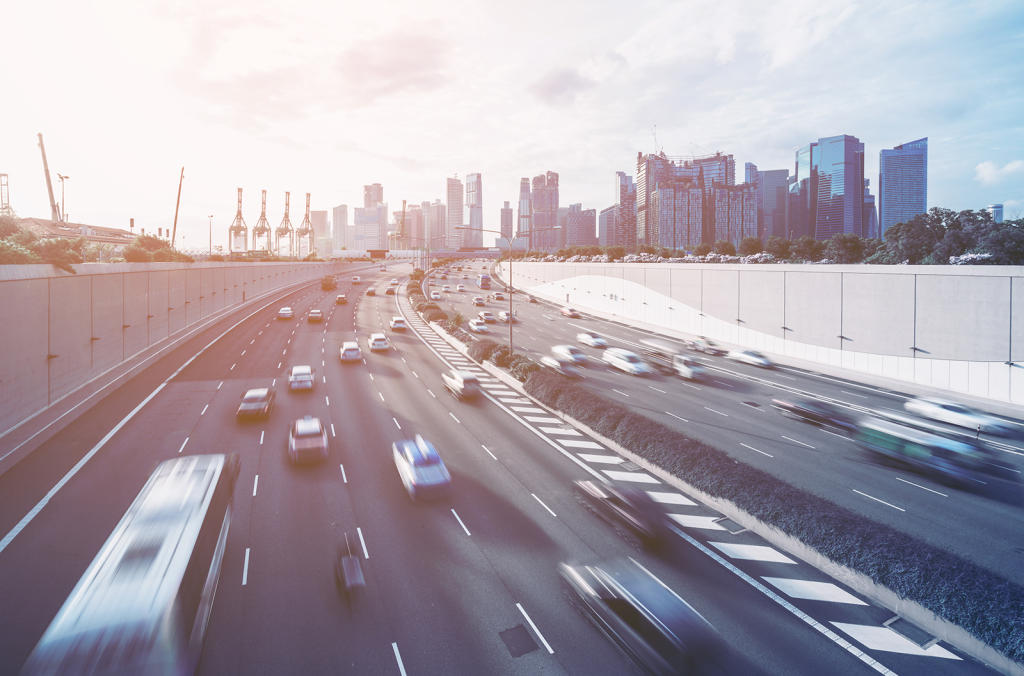Disclaimer: Any opinions expressed below belong solely to the author.
Given the lack of sufficient space for solar or wind power generation in Singapore, as well as inherent risks of deploying of nuclear power sources so close to a city of nearly 6 million people, the main source of more environmentally friendly energy generation in the city-state is hydrogen.
According to the National Hydrogen Strategy, it is expected that by 2050, up to a half of the city-state’s energy needs will satisfied by hydrogen.
A first step in this direction has now been made, as Keppel, together with Mitsubishi Power and Jurong Engineering consortium, have broken ground on the nation’s first hydrogen-ready power plant on Jurong Island.
The 600MW facility is slated for completion in the first half of 2026 and will initially be fired using a blend of natural gas and up to 30 per cent of hydrogen but it will be capable of operating on the latter alone, boosting Keppel’s generation capacity by nearly 50 per cent – from 1300 to 1900MW.
Most importantly, it will cut emissions by up to 220,000 tons of carbon dioxide — which is equivalent to taking 47,000 cars off the road.

With growing popularity of electric vehicles (EVs), deployment of similar power facilities in the future will effectively mean reduction and removal not only of carbon dioxide (which isn’t directly harmful to humans) but many other pollutants from Singapore’s streets.
But attracting hydrogen-related investments is not only going to impact the city-state’s energy mix. As a major petrochemical and logistical hub, it will help all major industries in their transition to more environmentally friendly fuels.
Hydrogen itself is expected to enter use in maritime bunkering (i.e. fuelling ships) and even as aviation fuel, while other alternatives are either already in use (like the LNG now available in Port of Singapore) or are going to be by year 2030.
In other words, Singapore isn’t only working to reduce its emissions but moves to secure its position as an industrial and transportation hub, long before any potential competition — still dependent on oil and gas — is going to be able to catch up.
Featured Image: Keppel Corporation
For all the latest Life Style News Click Here
For the latest news and updates, follow us on Google News.
